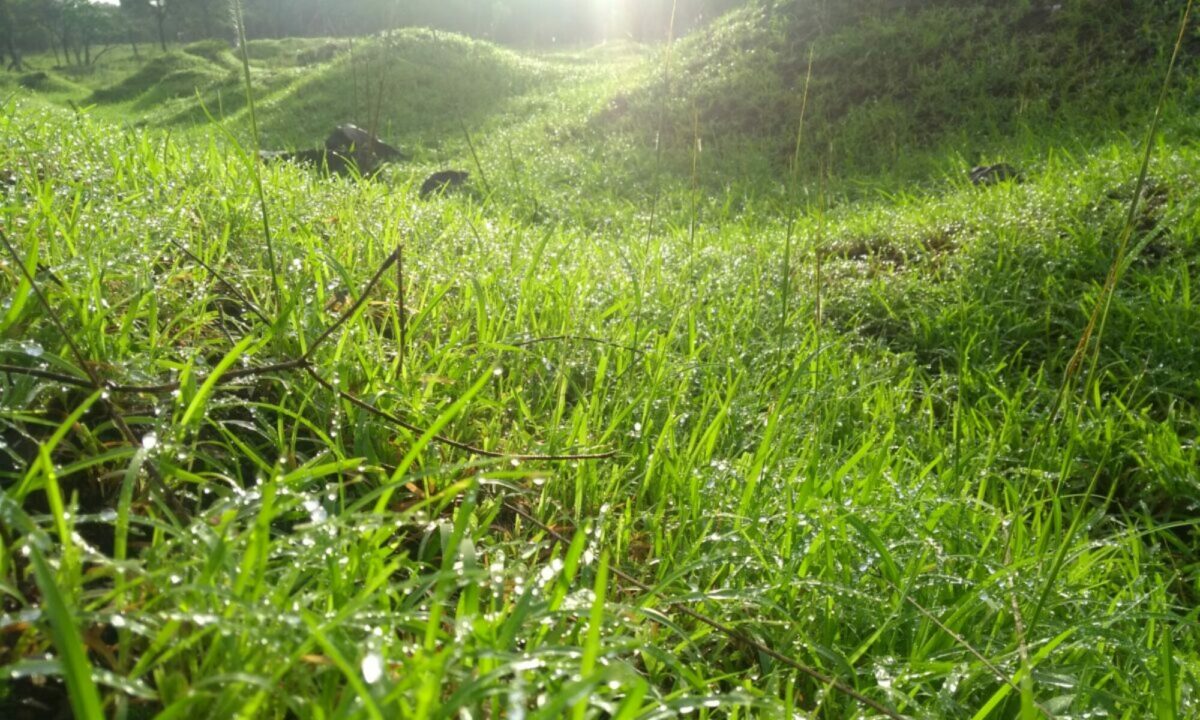Chocolate or cocoa is omnipresent in our lives. We use to as a gift or a treat or a comfort food or to reward ourselves or on a cheat day of a diet!
It is made from the fruit of the Theobroma cacao trees. Though an introduced speices in India it is widely cultivated in the state of Kerala.
Here are its flowers. You can read the entire post here.




.jpg)



.jpg)



